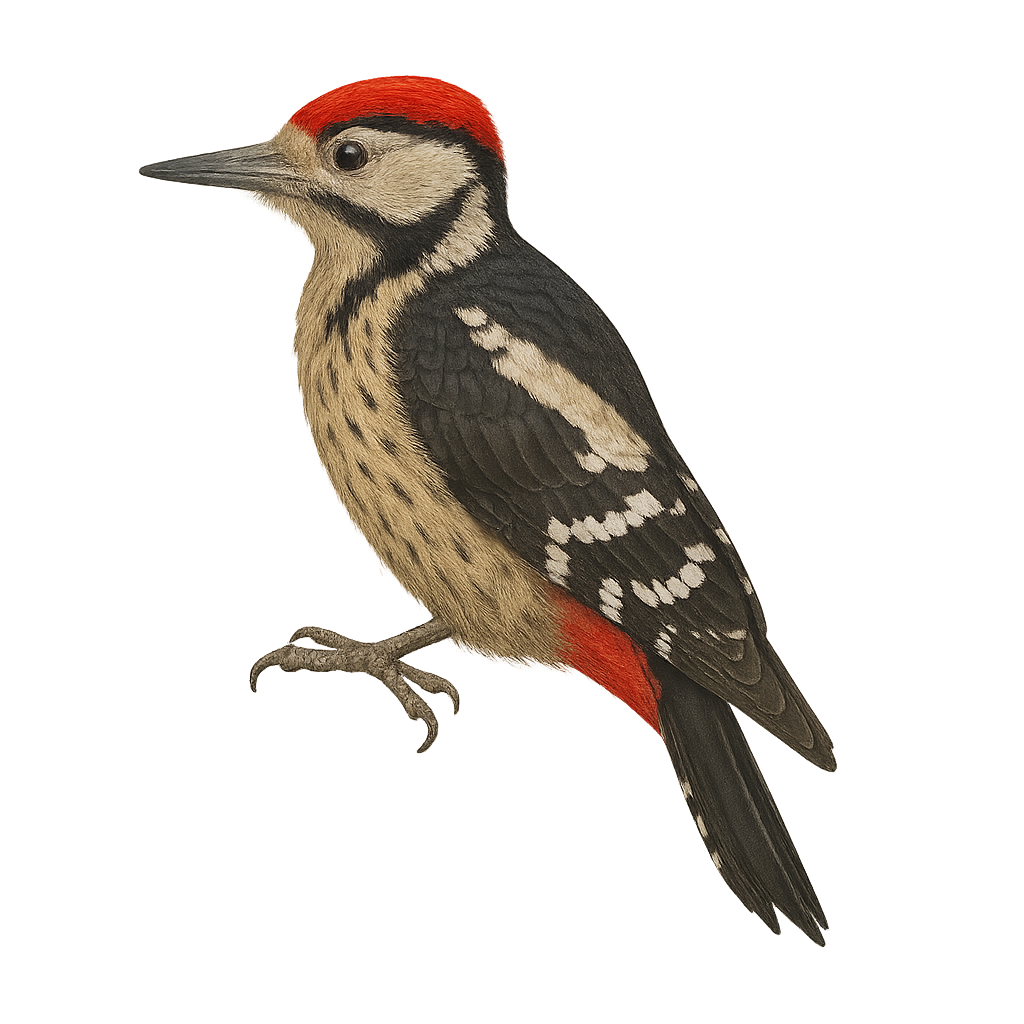Your wildlife photography guide.
Explore the black-and-white woodpecker in detail, study its behavior, prepare your shots.
Where to observe and photograph the black-and-white woodpecker in the wild
Learn where and when to spot the black-and-white woodpecker in the wild, how to identify the species based on distinctive features, and what natural environments it inhabits. The WildlifePhotographer app offers tailored photography tips that reflect the black-and-white woodpecker’s behavior, helping you capture better wildlife images. Explore the full species profile for key information including description, habitat, active periods, and approach techniques.
Black-and-white Woodpecker
Scientific name: Dendrocopos atratus

IUCN Status: Least Concern
Family: PICIDAE
Group: Birds
Sensitivity to human approach: Suspicious
Minimum approach distance: 10 m
Courtship display: April to May
Incubation: 12-14 jours
Hatchings: April to May
Habitat:
Mountain forests, mixed woods, moist wooded areas
Activity period :
Primarily active during the day, with peak activity in the morning and late afternoon.
Identification and description:
The Dendrocopos atratus, commonly known as the Black-and-white Woodpecker, is a medium-sized bird belonging to the Picidae family. It is characterized by its contrasting plumage, with a black back and white belly, and a red crown in males. This bird is primarily arboreal and feeds on insects by drumming on tree trunks. It is found in mountain forests, often at high altitudes. Its drumming is a characteristic sound of the forests it inhabits. Although discreet, it is sometimes observed feeding on the ground. The Black-and-white Woodpecker plays an essential role in the ecosystem by controlling populations of harmful insects.
Recommended lens:
400mm – adjust based on distance, desired framing (portrait or habitat), and approach conditions.
Photography tips:
To photograph the Black-and-white Woodpecker, it is advisable to use a telephoto lens of at least 400mm to capture precise details without disturbing the bird. Look for forested areas where drumming is audible, as this indicates the bird's presence. Be patient and discreet, as this bird can be suspicious. Use a tripod to stabilize your camera and wait for the bird to perch on a tree trunk. Morning or afternoon light is ideal for obtaining well-lit and contrasted images.
The WildlifePhotographer App is coming soon!
Be the first to explore the best nature spots, track rutting seasons, log your observations, and observe more wildlife.
Already 1 439 wildlife lovers subscribed worldwide

